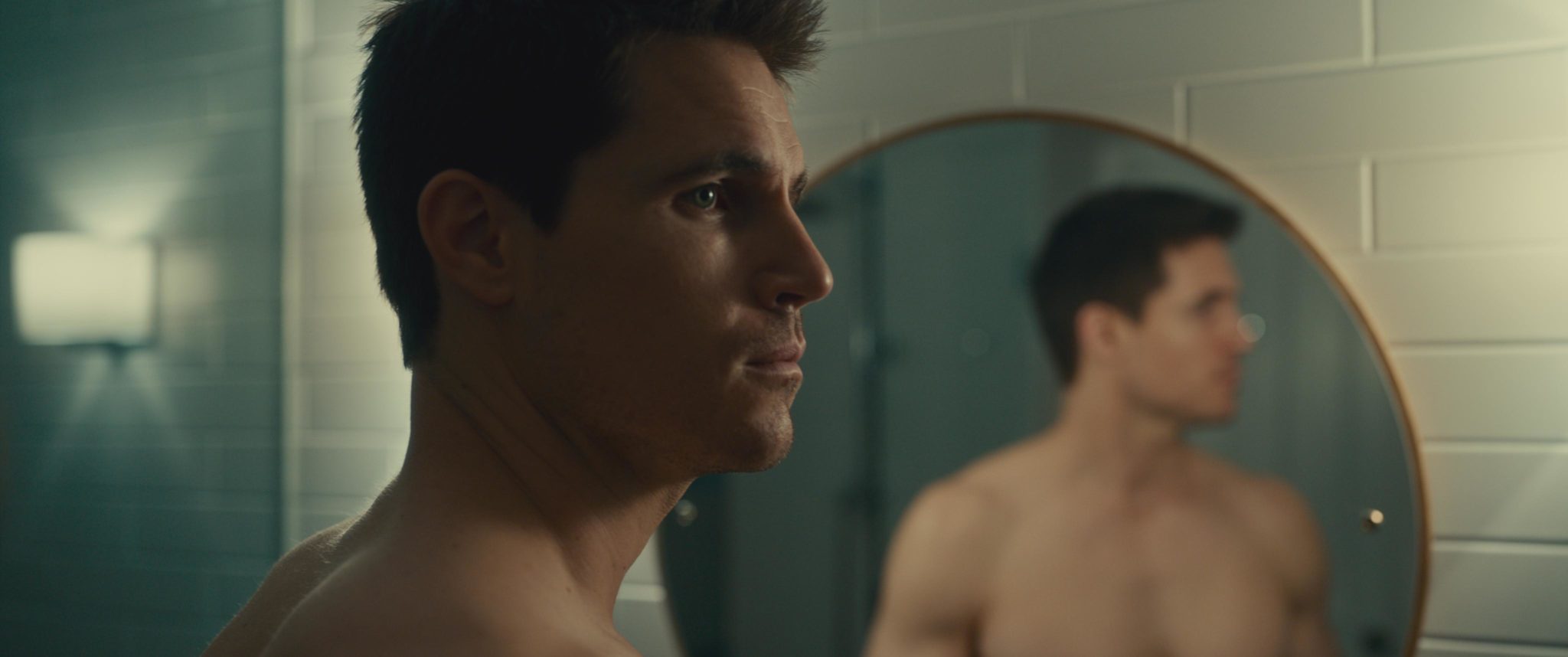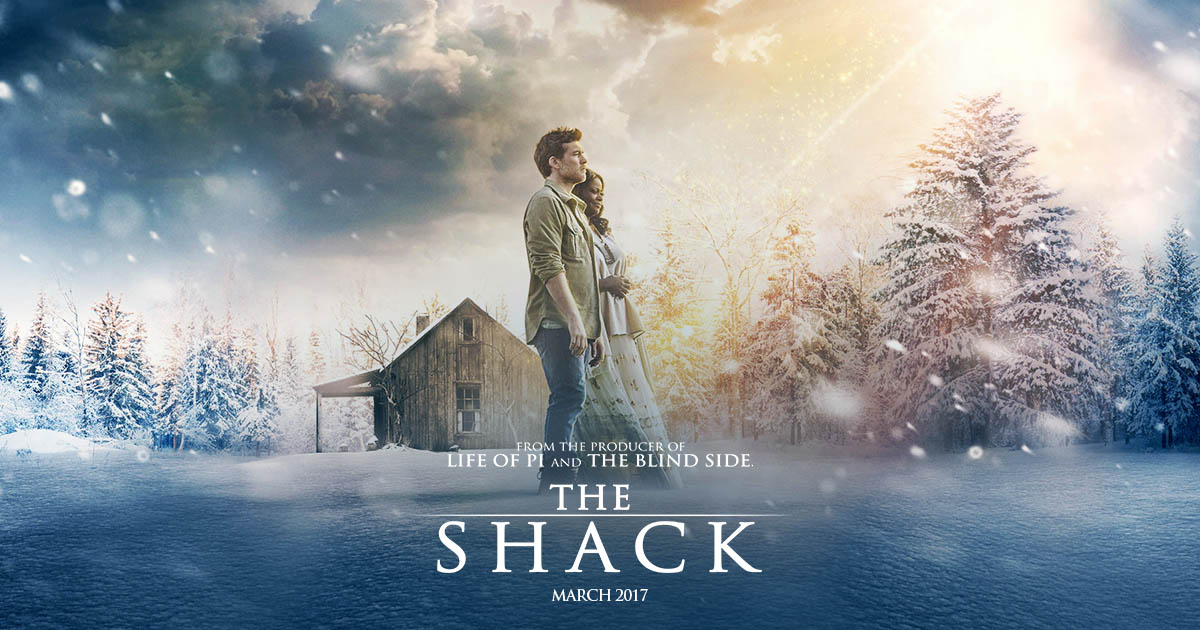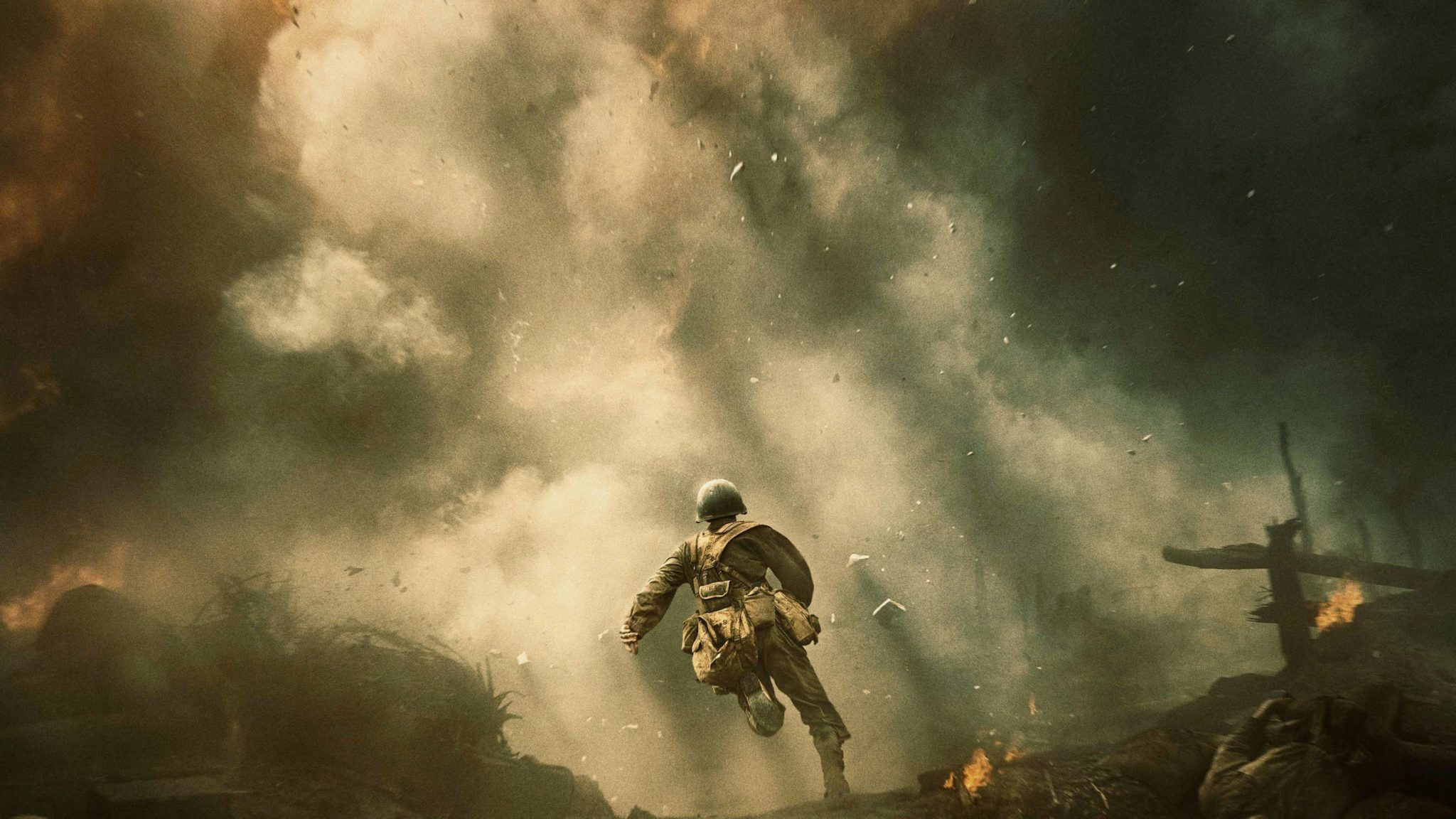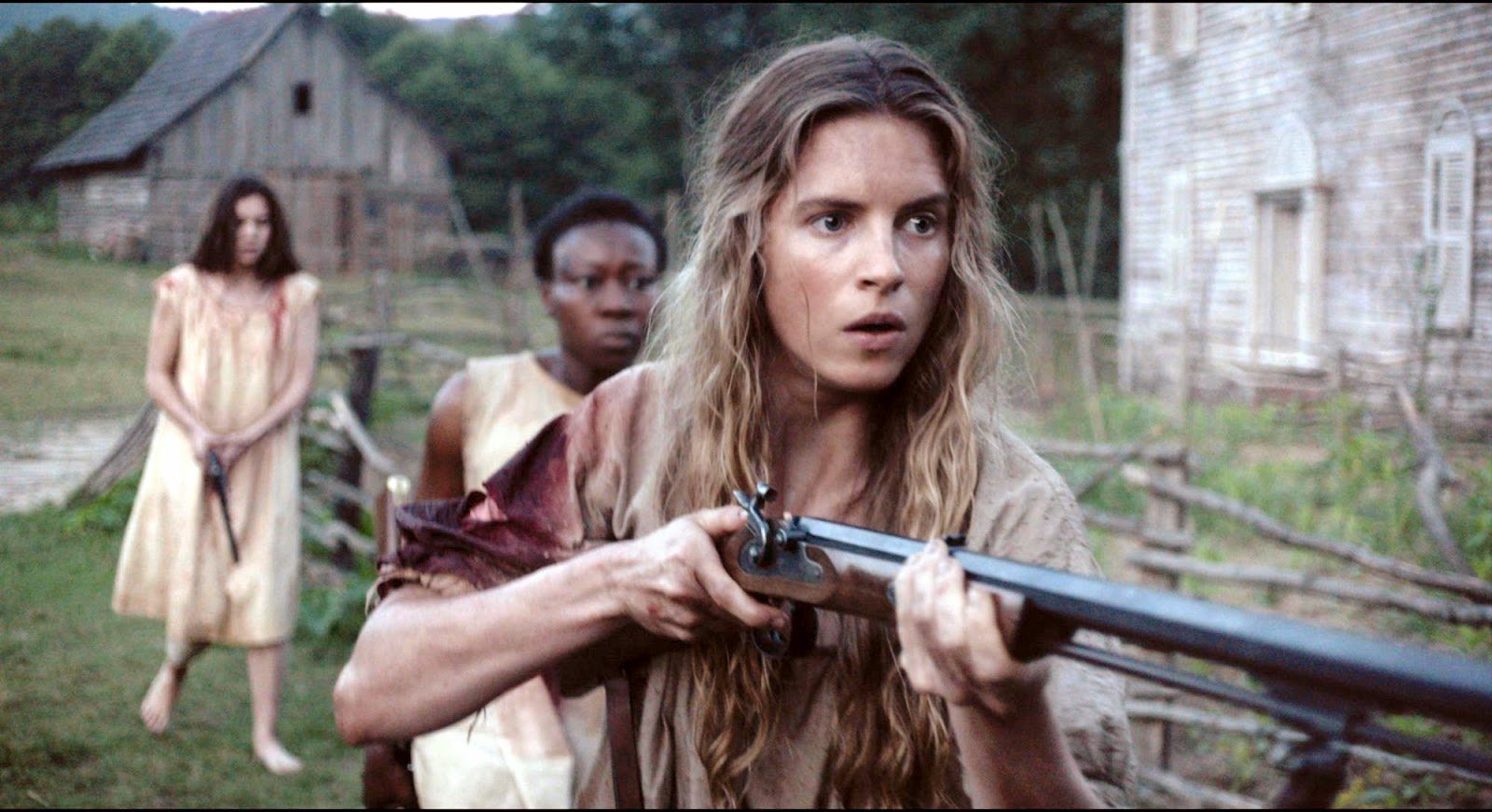
Simulant: Life or Something Like it
What does it mean to be alive? On the surface, it feels like an easy question. After all, we know what it means to be wake up in the morning and go about our day. But, in a world of artificial intelligence, do we really understand anymore where the lines of life and reality are…




